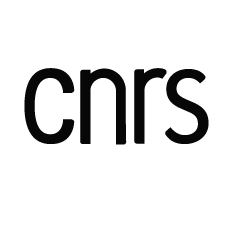Research team
AVA
Coordinators: Solène Kalénine et Laurent Madelain
The AVA team focuses on exploring a functional approach of vision, the relations between perception and action, and the role of reinforcement in behavioral changes. Research topics encompass behavioral, cognitive and brain mechanisms. Applications relate to the digital domain (cognitive technologies, virtual reality, etc.) and neuropsychology.
Methodologies: quantifying response times and choices, eye movements, fNIRS, EEG, EMG, EDA, motion capture, static and dynamic virtual reality, force platform, computational modeling, neural networks.
Populations: healthy adults, patients with neurological or psychopathological disorders, children with typical and atypical development, older adults
DEEP
Coordinators: Delphine Grynberg & Henrique Sequeira
The DEEP’s team leads a global project aiming to constitute a competence center in Affective Sciences. To this end, the team resources are focused on the analysis and dynamics of emotional processes regulation, strongly associated to several pathologies and health challenges. The research program, subtended by several advanced multilevel techniques, allows a wide spectrum of emotional information analysis, from the brain control to complex social interactions. The DEEP’s approach aims to develop new and efficient therapeutic procedures both at individual and family levels.
Methods: brain recordings (EEG, ERPs, Oscillations, MEG); autonomic recordings (facial thermal variations, electrodermal activity, heart rate and variability, respiratory and pupillary variations); behavioral measures (eye movements, quantitative narrative analysis, psychometric assessments, video-behavioral analysis).
Populations: healthy adults or having sub-clinical symptoms and patients with mental, somatic or neurological illnesses.
LANGAGE
Coordinators: Angèle Brunellière & Sandrine Mejias
The language team focuses on the cognitive and neurocognitive mechanisms involved in the learning and processing of spoken and written language by using behavioral measures, brain imaging measures and psychometric and computational approaches in relation with the experimental approach.
